
The Promise of an Age-Friendly Ecosystem
Generations Journal, vol. 49, no. 1 (Spring 2025)
The articles in this issue were written prior to the sweeping changes made to federal and state health programs and reductions in the federal workforce. At time of publication, these programmatic changes are not complete, but the editors acknowledge that these significant changes may have a profound impact on the programs and services that serve older people, people with disabilities, caregivers, families, and communities across the country. Multi-sector collaborations and partnerships across the age-friendly ecosystem are now more important than ever.
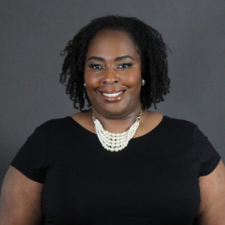
Guest Editor: Karon L. Phillips, PhD
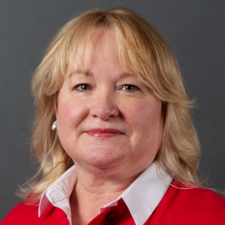
Guest Editor: Megan Wolfe, JD
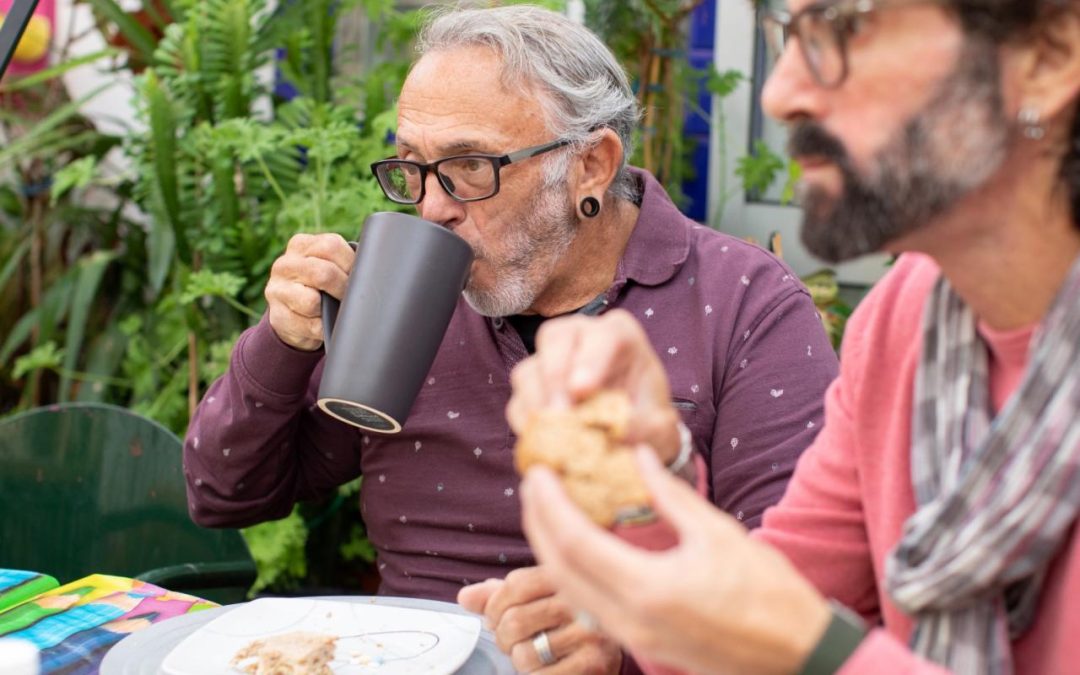
We Cannot Afford to Lose Ground in the Fight Against HIV/AIDS
Thanks to 40 years of dedicated research, public education, and medical breakthroughs, HIV in the United States has become largely preventable—a manageable condition for people who are connected to care. HIV-related deaths, however, still occur, and new cuts from the Trump administration threaten to undo decades of progress in reducing new HIV...
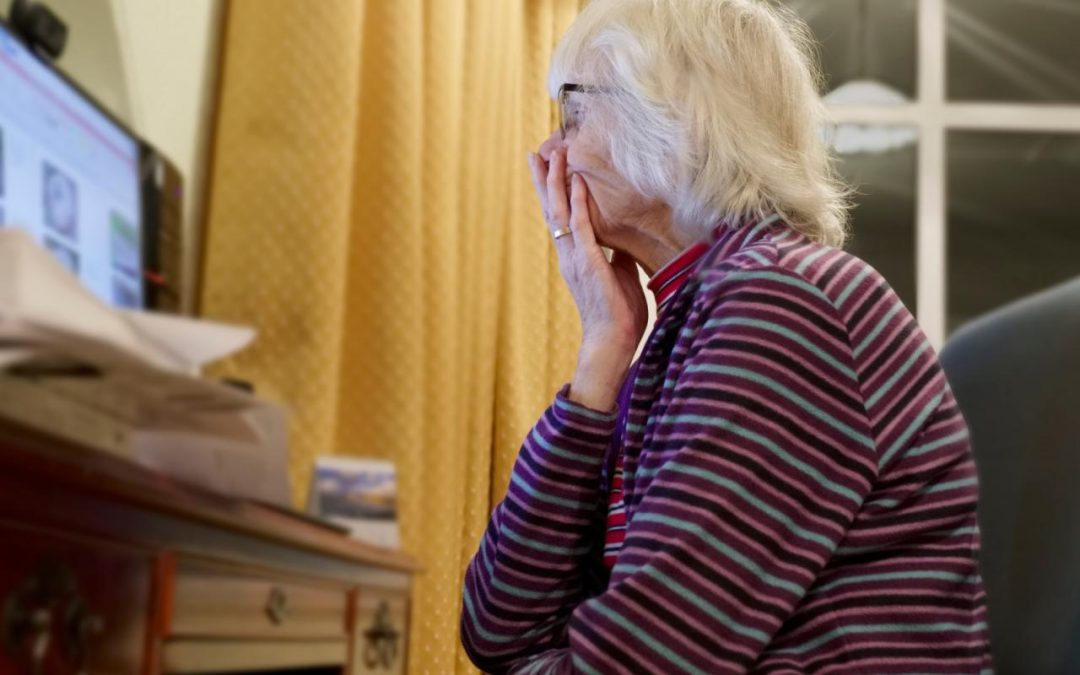
From Classroom to Cybercrime Fighter
I grew up understanding the incredible possibilities and hidden dangers of the internet before I learned to ride a bike without training wheels. I understood the internet was a fun place to watch my favorite videos or play games, but at the same time I realized its risks. From my parents instilling these values in me, to the sessions we had in school on...

New Age-Friendly Hospital Measure Focuses on What Matters Most to Older Patients
Older Americans have higher rates of hospital admission, with 16.6% of those ages 65 and older hospitalized in the past year, compared to just 6.6% of adults ages 18-44. The healthcare needs of older adults differ, too, but often this is neither recognized nor are healthcare services readily adapted to reflect older adults' preferences on what matters...

CCRC Workforce Challenges
This is the second of three blog posts in which University of North Carolina-Chapel Hill Professor James H. Johnson, Jr., PhD, lays out the current landscape facing CCRCs, from placement challenges for older adults to strained workforce issues to strategies for the future. In my previous post, I highlighted the emergent problem CCRCs face due to the...
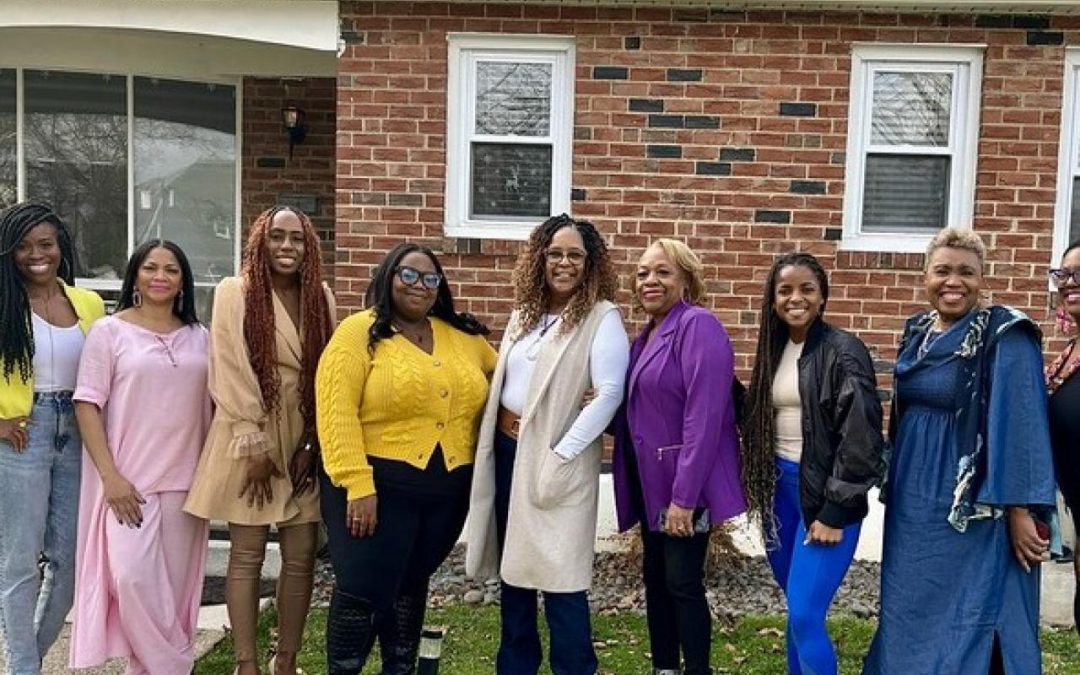
Black Women’s Legacy of Care Is a Model for Aging Well
Aging is often framed as an individual journey—one where independence is prized and self-sufficiency is the goal. But what if aging well isn't about going it alone? What if the keys to a long, fulfilling life—rooted in resilience and deep social bonds—have been quietly modeled by communities often overlooked in mainstream aging narratives? Black women,...

Introducing a Fresh Approach to Dining for Older Adults
In New York City, a network of more than 300 older adult centers (OACs) serve as a vital resource to the nearly 1.8 million older adult New Yorkers. These centers offer nutritious meals and a variety of engaging activities that have been proven to reduce social isolation, boost physical activity, and improve overall health. Despite the advantages, many...
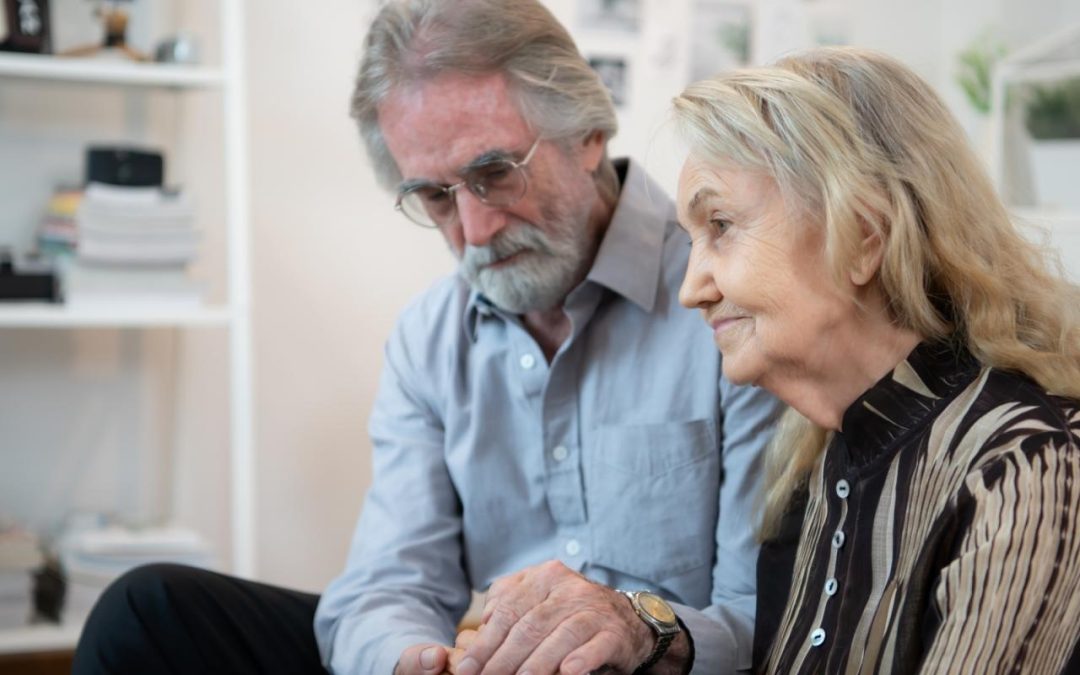
The Shifting Care Needs of CCRC Residents
This is the first of three blog posts in which University of North Carolina-Chapel Hill Professor James H. Johnson, Jr., PhD, lays out the current landscape facing Continuing Care Retirement Communities, from placement challenges for older adults to strained workforce issues to strategies for the future. Continuing Care Retirement Communities (CCRCs) are...

The Good Death
With more than 20 years of experience as a hospice nurse, palliative care professional, and founder of the Doulagivers Institute, Suzanne B. O'Brien, RN has trained more than 350,000 people in what can be done to help the dying person, caregiver and other loved ones so they may move through each stage with as much comfort and ease as possible. In The Good...

A Path Toward Universal Social Prescribing in the United States
Social prescribing is a term and concept we are hearing more and more, not just in healthcare environments but from community-based organizations, patients and the public. But the term is not new, and it is not unique to the United States. Social prescribing has been widespread in the United Kingdom since 2018 and is active in 32 countries around the...

Community Perspectives on Social Connection Programs
The importance of social isolation and loneliness to health and well-being are well-known, but they gained more attention in 2020 due to the COVID-19 pandemic. Despite their widespread use, these terms are often misunderstood or conflated. Social isolation is an objective measure of social connections or lack thereof, while loneliness is the subjective...

Connecting Generations, Empowering Lives: A Vision for Social Prescribing
The concept of social prescribing is growing in affluent nations, driven by an increased awareness of the positive impact that social connections have on overall health. Social prescribing recognizes that health status is influenced not only by medical and biological factors but also by social and environmental factors that can't be addressed by medical...

Social Prescribing: A Geriatrician’s Perspective
“Social prescribing” is a relatively recent and catchy term that refers to the practice of making referrals and/or “prescriptions” to improve social connections and health. Addressing loneliness (the subjective feeling of being alone) and social isolation (the objective lack of connection to family, friends, and the community)—key markers of social...

How Social Prescriptions Help Patients—and Physicians
Dr. Ardeshir Hashmi remembers the first time he offered his patient a prescription that didn't come in a pill bottle. His story began 10 years ago when he was a geriatrician at Massachusetts General Hospital, where he'd been seeing “Ruth”—a 93-year-old who came to the emergency department every 2 weeks, usually by ambulance, with chest pains and anxiety....
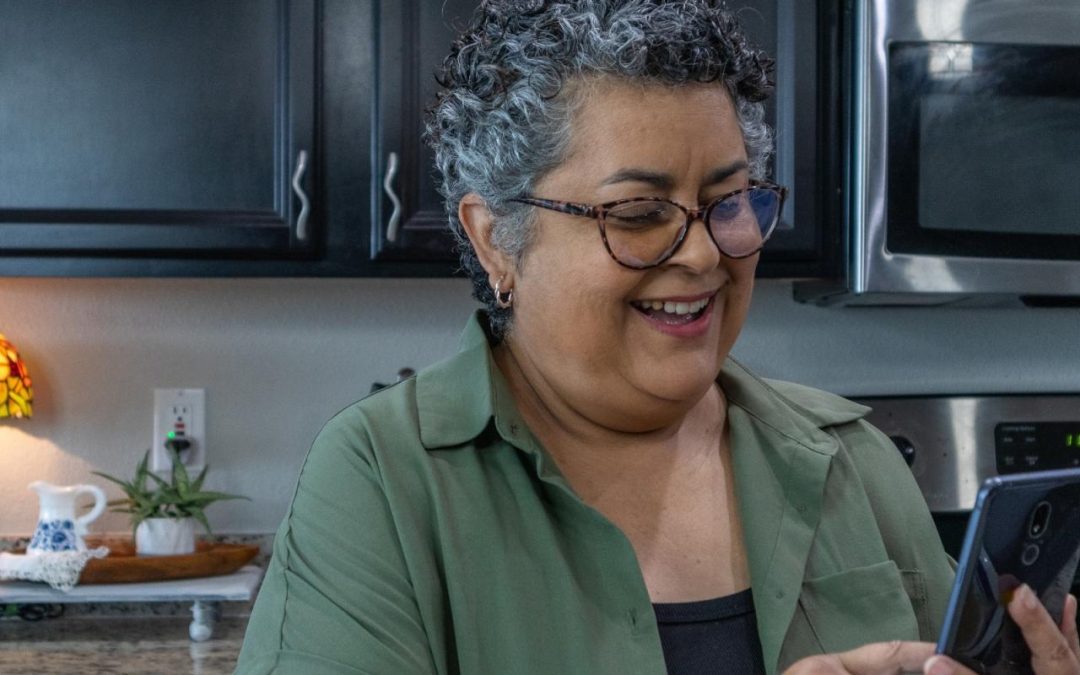
Social Prescribing Can Optimize Quality of Life and Age-Friendly Care
The opportunities and challenges that come with age may influence each person's quality of life. While older adults sometimes report that health concerns cause them anxiety, in other cases when older adults consider What Matters to them, it may not be anything related to their health. Other frequently reported goals and preferences include social aspects...

How Social Prescribing Is Reconnecting Older Adults
America's older adult population is growing at an unprecedented rate, and set to double by 2050. But with this shift comes an alarming rise in social isolation and loneliness, affecting nearly half of older adults and putting a third at serious risk. The health consequences of social isolation and loneliness are severe, as both have been linked to heart...

A 1-Year Social Isolation and Loneliness Intervention
Social isolation (having few or infrequent social contacts) and loneliness (not feeling fulfilled by one's available social contacts) are prominent public health issues with serious morbidity and mortality consequences. Long-term care nursing home (LTC-NH) residents ages 50 and older report some of the highest levels of social isolation and loneliness...
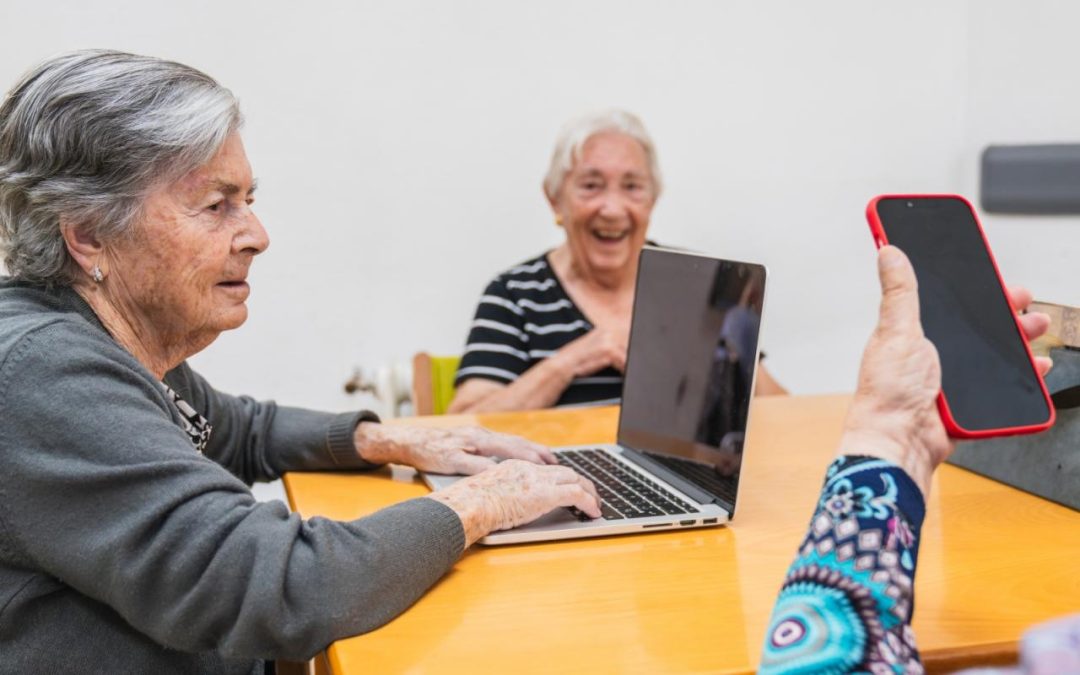
How Companies Like GeriatRx Can Foster Social Prescribing
For many older adults, managing multiple prescriptions is part of daily life. While medications can be essential, overprescription can lead to serious side effects, reduced quality of life, and even hospitalizations. At GeriatRx, we focus on deprescribing—helping patients and providers safely reduce or eliminate unnecessary medications to improve health...

Changing Lives by Challenging Use of the Word Dementia
The dreaded “d-word,” dementia, is a fear for many. I know this firsthand: After caring for both my parents, who eventually passed away due to Alzheimer's disease, I was afraid their fate—losing memories, the ability to have a conversation, and ultimately to take care of themselves—would be mine, too. I discovered early on through a 23andMe genetic test...

Applying Anti-Racist Initiatives to Promote Health Equity
Editor's note: The John A. Hartford Foundation, the Administration for Community Living (ACL) and The SCAN Foundation fund the Aging and Disability Business Institute, led by USAging. The mission of the Aging and Disability Business Institute is to build and strengthen partnerships between aging and disability community-based organizations (CBO) and the...

How Your Phone Could Save Your Eyesight
At age 50 Sara was unexpectedly diagnosed with glaucoma. She had gone for an eye check-up as she was accompanying her 75-year-old mother to a routine doctor's visit when the ophthalmologist delivered the news—her own eye disease had been progressing, undetected. She had no symptoms, no warning. Since then, Sara has visited the ophthalmologist twice a year...
Staff
Editor-in-Chief: Leanne Clark-Shirley, PhD
Senior Editor: Alison Biggar
Issue Contents
We Cannot Afford to Lose Ground in the Fight Against HIV/AIDS
Thanks to 40 years of dedicated research, public education, and medical breakthroughs, HIV in the United States has become largely preventable—a manageable condition for people who are connected to care. HIV-related deaths, however, still occur, and new cuts from the...
From Classroom to Cybercrime Fighter
I grew up understanding the incredible possibilities and hidden dangers of the internet before I learned to ride a bike without training wheels. I understood the internet was a fun place to watch my favorite videos or play games, but at the same time I realized its...
New Age-Friendly Hospital Measure Focuses on What Matters Most to Older Patients
Older Americans have higher rates of hospital admission, with 16.6% of those ages 65 and older hospitalized in the past year, compared to just 6.6% of adults ages 18-44. The healthcare needs of older adults differ, too, but often this is neither recognized nor are...
CCRC Workforce Challenges
This is the second of three blog posts in which University of North Carolina-Chapel Hill Professor James H. Johnson, Jr., PhD, lays out the current landscape facing CCRCs, from placement challenges for older adults to strained workforce issues to strategies for the...
Black Women’s Legacy of Care Is a Model for Aging Well
Aging is often framed as an individual journey—one where independence is prized and self-sufficiency is the goal. But what if aging well isn't about going it alone? What if the keys to a long, fulfilling life—rooted in resilience and deep social bonds—have been...
Introducing a Fresh Approach to Dining for Older Adults
In New York City, a network of more than 300 older adult centers (OACs) serve as a vital resource to the nearly 1.8 million older adult New Yorkers. These centers offer nutritious meals and a variety of engaging activities that have been proven to reduce social...
The Shifting Care Needs of CCRC Residents
This is the first of three blog posts in which University of North Carolina-Chapel Hill Professor James H. Johnson, Jr., PhD, lays out the current landscape facing Continuing Care Retirement Communities, from placement challenges for older adults to strained workforce...
The Good Death
With more than 20 years of experience as a hospice nurse, palliative care professional, and founder of the Doulagivers Institute, Suzanne B. O'Brien, RN has trained more than 350,000 people in what can be done to help the dying person, caregiver and other loved ones...
A Path Toward Universal Social Prescribing in the United States
Social prescribing is a term and concept we are hearing more and more, not just in healthcare environments but from community-based organizations, patients and the public. But the term is not new, and it is not unique to the United States. Social prescribing has been...
Community Perspectives on Social Connection Programs
The importance of social isolation and loneliness to health and well-being are well-known, but they gained more attention in 2020 due to the COVID-19 pandemic. Despite their widespread use, these terms are often misunderstood or conflated. Social isolation is an...
Connecting Generations, Empowering Lives: A Vision for Social Prescribing
The concept of social prescribing is growing in affluent nations, driven by an increased awareness of the positive impact that social connections have on overall health. Social prescribing recognizes that health status is influenced not only by medical and biological...
Social Prescribing: A Geriatrician’s Perspective
“Social prescribing” is a relatively recent and catchy term that refers to the practice of making referrals and/or “prescriptions” to improve social connections and health. Addressing loneliness (the subjective feeling of being alone) and social isolation (the...
How Social Prescriptions Help Patients—and Physicians
Dr. Ardeshir Hashmi remembers the first time he offered his patient a prescription that didn't come in a pill bottle. His story began 10 years ago when he was a geriatrician at Massachusetts General Hospital, where he'd been seeing “Ruth”—a 93-year-old who came to the...
Social Prescribing Can Optimize Quality of Life and Age-Friendly Care
The opportunities and challenges that come with age may influence each person's quality of life. While older adults sometimes report that health concerns cause them anxiety, in other cases when older adults consider What Matters to them, it may not be anything related...
How Social Prescribing Is Reconnecting Older Adults
America's older adult population is growing at an unprecedented rate, and set to double by 2050. But with this shift comes an alarming rise in social isolation and loneliness, affecting nearly half of older adults and putting a third at serious risk. The health...
A 1-Year Social Isolation and Loneliness Intervention
Social isolation (having few or infrequent social contacts) and loneliness (not feeling fulfilled by one's available social contacts) are prominent public health issues with serious morbidity and mortality consequences. Long-term care nursing home (LTC-NH) residents...
How Companies Like GeriatRx Can Foster Social Prescribing
For many older adults, managing multiple prescriptions is part of daily life. While medications can be essential, overprescription can lead to serious side effects, reduced quality of life, and even hospitalizations. At GeriatRx, we focus on deprescribing—helping...
Changing Lives by Challenging Use of the Word Dementia
The dreaded “d-word,” dementia, is a fear for many. I know this firsthand: After caring for both my parents, who eventually passed away due to Alzheimer's disease, I was afraid their fate—losing memories, the ability to have a conversation, and ultimately to take care...
Applying Anti-Racist Initiatives to Promote Health Equity
Editor's note: The John A. Hartford Foundation, the Administration for Community Living (ACL) and The SCAN Foundation fund the Aging and Disability Business Institute, led by USAging. The mission of the Aging and Disability Business Institute is to build and...
How Your Phone Could Save Your Eyesight
At age 50 Sara was unexpectedly diagnosed with glaucoma. She had gone for an eye check-up as she was accompanying her 75-year-old mother to a routine doctor's visit when the ophthalmologist delivered the news—her own eye disease had been progressing, undetected. She...
Editorial Advisory Board
Ruth E. Katz, Chair
Wendy Lustbader, Immediate Past Chair
Tobi Abramson, PhD
Joe Angelelli, PhD
Orion Bell, MBA
Fayron Epps, PhD
Mary L. Flett, PhD
Sarah Galvan, JD
Robyn L. Golden, LCSW
Donna M. Lisi, PharmD
Heather Menne, PhD
Najja Orr, MBA, DBA
Winifred V. Quinn, PhD, FAANP, FAAN
Laura Trejo, PhD
ISSN 2694-5126
Suggested citation for articles in this issue: [Last Name(s), First Name(s)]. “Article Title.”
About Generations Journal
Generations Journal is the quarterly journal of the American Society on Aging. Each issue is devoted to bringing together the most useful and current knowledge about a specific topic in the field of aging, with emphasis on practice, research, and policy.
